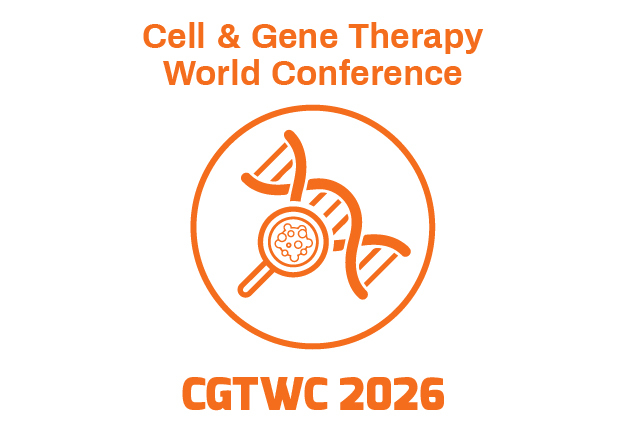Speakers - 2025
Rania Zayed
- Designation: Faculty of Medicine, Cairo University
- Country: Egypt
- Title: Comparison between Different Cord Blood Stem Cell Populations in Efficiency of Transdifferentiation into Hepatic Lineage
Abstract
Background: Cord blood is established as a source of stem cells for hemopoeitic reconstitution. Cord blood transplants have been performed for more than 20 years now. However, cord blood stem cells as a source for regenerative medicine is still under trial. The availability of cord blood and its banking facilities make it a very useful source of hepatocytes for support of endstage liver disease. Cord blood contains a number of stem cell subsets: CD34+, CD133+, and mesenchymal stem cells (MSCs).
Objectives: This study was conducted to compare between these subsets in hepatocyte transdifferentiation efficiency. Hepatocyte lineage commitment was evaluated by alpha-fetoprotein (AFP) expression and albumin synthesis.
Methods: Cord blood is assayed for viability. Magnetic separation was done for CD34+ve, CD133+ve populations, MSCs were separated by culture on plastic flasks. Each cell fraction (CD34+ve, CD133+ve and MSCs) was cultured in liquid culture containing hepatocyte growth factor for 7 days. AFP expression was done using immunocytochemistry, albumin synthesis was measured in culture supernatant using microalbumin assay kit.
Results: All three populations showed heptocyte transdifferentiation; although with varying percentages. There was no statistically significant difference in AFP expression with MSCs showing 31% positivity, CD133+ve30% followed by CD34+ve showing 28.8%. Also, MSCs population showed the highest albumin synthesis levels, followed by CD34+ then CD133+ cells.
Conclusion: Induction of hepatocyte-like cells is possible with all three stem cell subsets of the cord blood. However, establishment of functional hepatic cells is higher in MSCs population.


